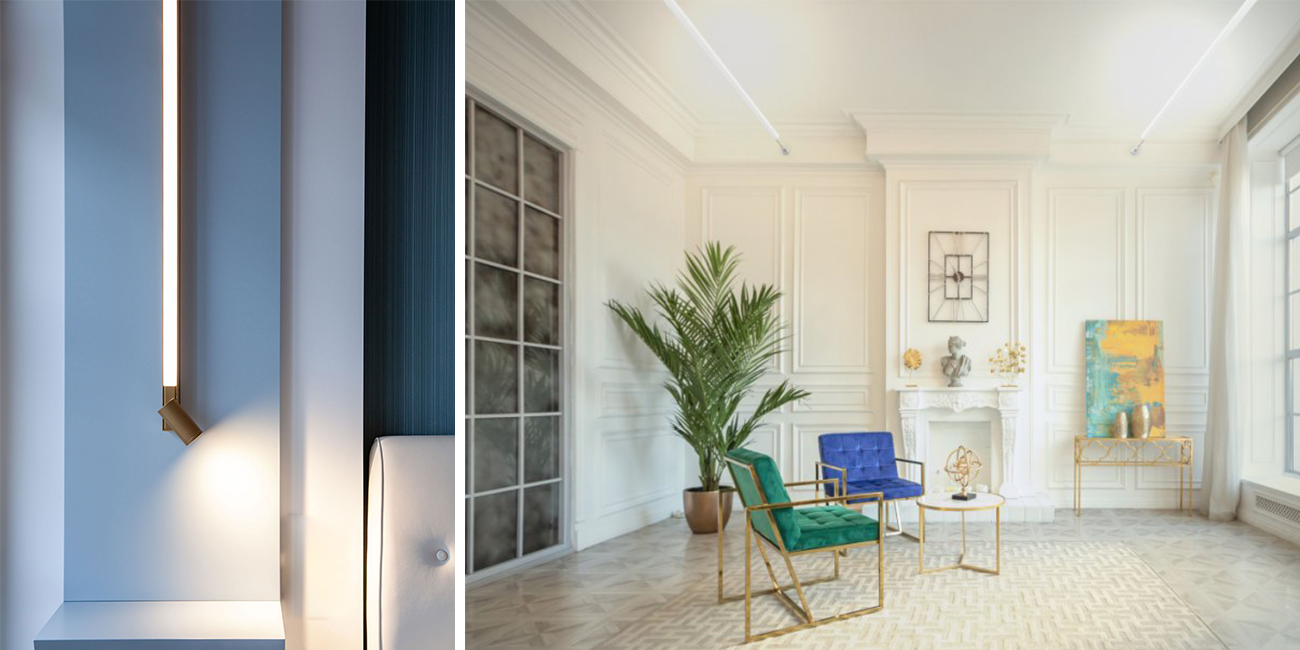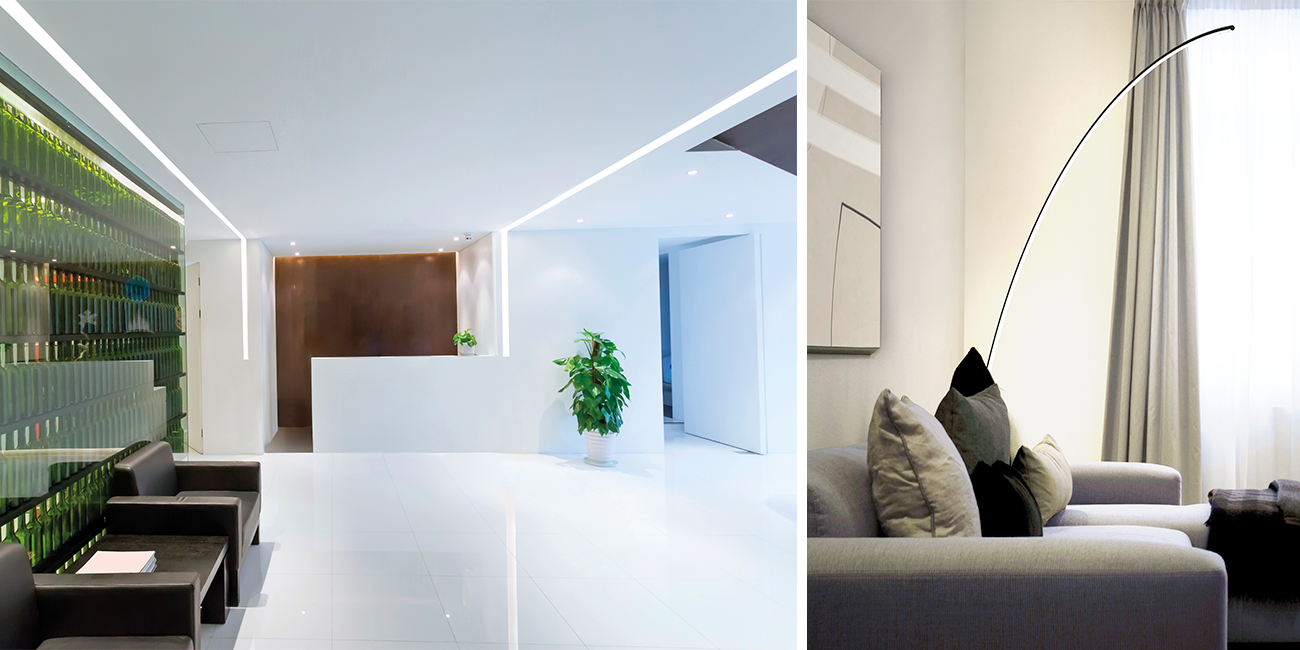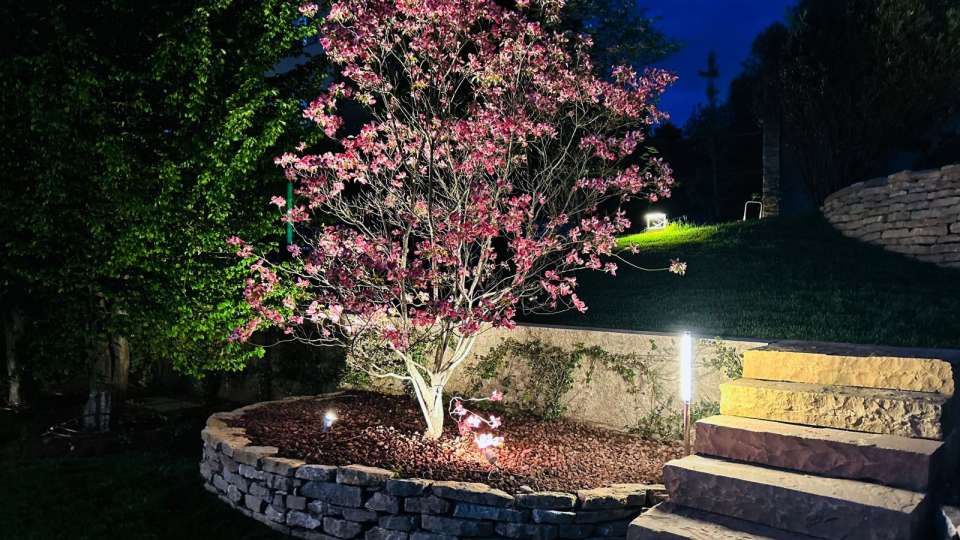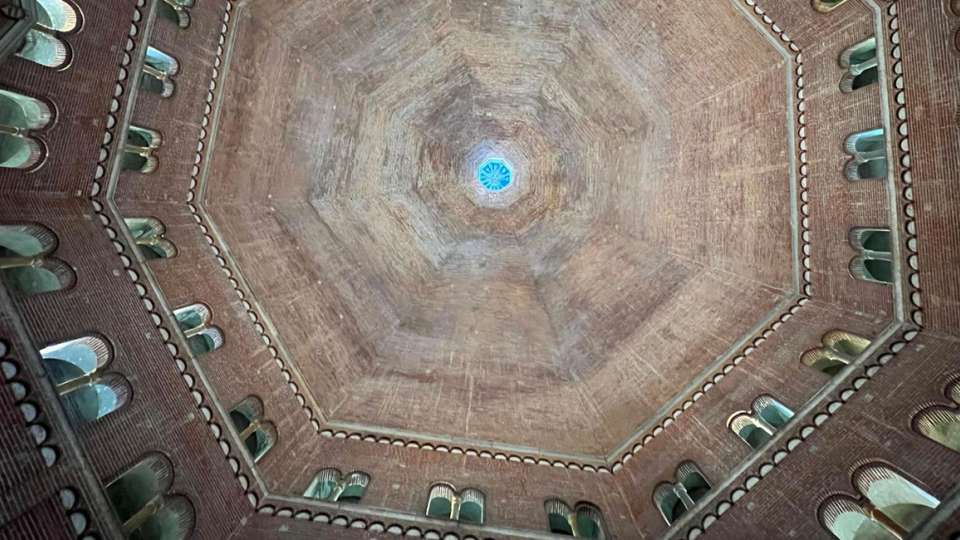
Human Centric Light is a concept gaining an increasingly important role in society and everyone's life. It represents a profound cultural change in line with the search for a healthier and more balanced relationship with the environment in which we live.
Light has always been a vital aspect of people's lives; it makes spaces habitable and permits us to carry out our daily activities. Scientific studies have discovered that the effect of light is not limited to the visual field. Light can influence our cognitive functions, health, psychophysical condition, productivity, mood, and, most importantly, the daily biological cycle (circadian rhythm).
Human Centric Light identifies a different approach to lighting design where the biological and emotional impact of light, well-being, and comfort plays a central role. A novel concept of dynamic lighting that can follow the changes in natural light during the day to provide comfortable lighting. This light can be modulable according to the different hours of the day and the needs.
Human Centric Light is a set of lighting solutions and systems that balance people's visual, emotional and biological needs, influencing individual well-being and performance.
An optimal view of one's surroundings is fundamental for any activity. There are precise normative references and standards for environments. A lighting design must always include as its primary objective; to provide optimal visual conditions in environments.
Every lighting design must consider what emotions can arouse in an environment. Solutions must be customizable as much as possible based on the specific needs of everyone.
The biological aspects of light must be taken into consideration very carefully because they influence the circadian rhythm and can help greater productivity during the day on the one hand and better sleep at night on the other.
Updated, more accurate, and programmable home automation controls and piloting systems, HCL can be implemented in lighting projects using systems capable of modulating the light intensity and temperature throughout the day. This method creates a similar effect to natural daylight outside. Lighting is fully dynamic and customizable for everyone. Systems like Lancia no Limits or Rail provide maximum personalization and can adapt to any environment.

New possibilities are born that grant various effects with the same luminaire so a meeting room can be transformed from an active working place to a relaxing space at the end of the day. Egoluce offers many luminaires that are functional yet elegant, like our Linea or Virgola.

Human-centered lighting is becoming increasingly important in all environments where light plays a central role: homes, hospitals, schools, offices, shops, and where people spend time. Conscious use of light can help improve concentration, safety, and efficiency.

Outdoor lighting is much more than the simple act of installing a few fixtures around your home, it’s an art form that blends safety, functionality and ambiance into your garden, patio or poolside retreat. When done thoughtfully, the right light can transform any outdoor space into an enchanting extension of your living area: an inviting evening lounge, a dramatic backdrop for al fresco dinners or a quietly illuminated path that guides you home.

Lighting plays a key role in interior design, not only as a matter of functionality, but also because of its ability to transform spaces and influence our mood. New lighting trends in colour and materials focus on warm tones, bold combinations and advanced technologies.

Lighting inside a sacred space is an essential aspect that defines the environment, enriches the spiritual experience and inspires a deep emotional involvement in those who enter it. Light, in all its forms, symbolically represents divinity and inner guidance in sacred places. Its use must be studied with particular care to respect the sacredness of the place, enhance spirituality and accompany the faithful on an inner journey.